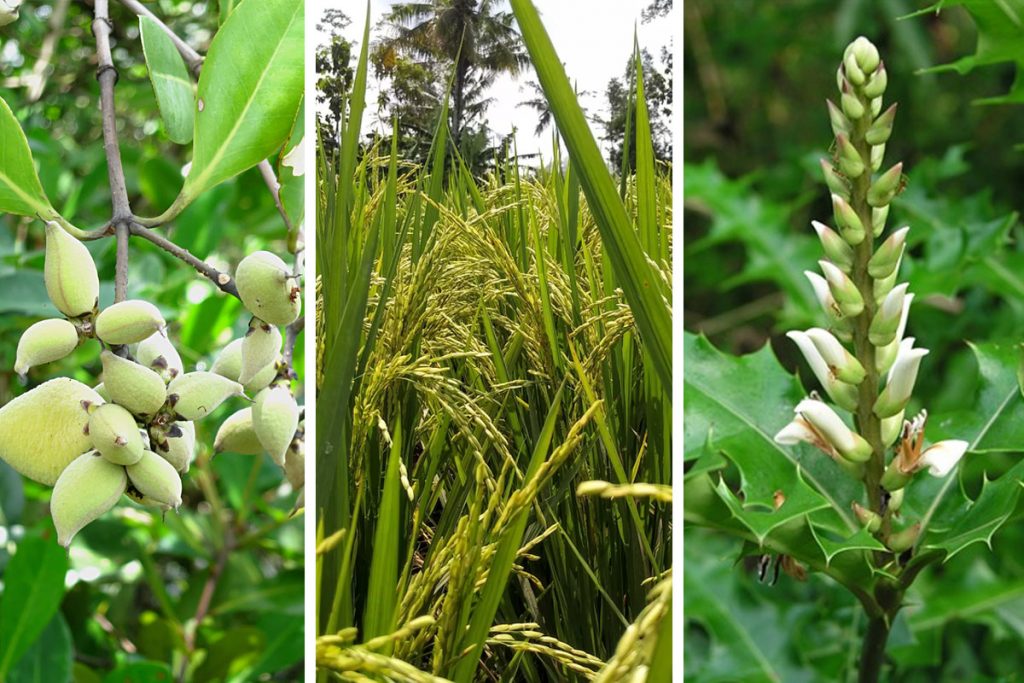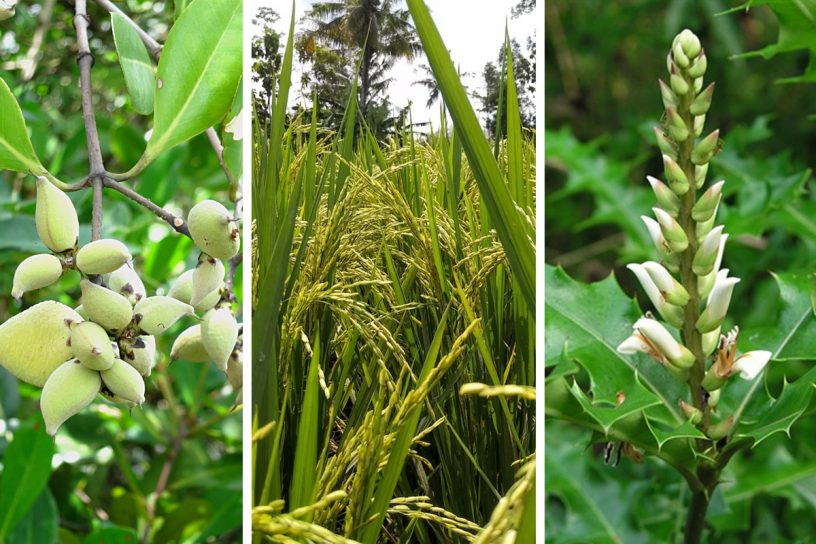
Nature of ethnobotanical use and metal contamination levels of the mangrove rhizosphere can impact human health, says this study.
Authors
Abhiroop Chowdhury, Associate Professor, Jindal School of Environment & Sustainability, O.P. Jindal Global University, Sonipat, Haryana.
Aliya Naz, Department of Environmental Science and Engineering, Indian Institute of Technology (Indian School of Mines), Dhanbad, Jharkhand.
Summary
The aim of this study was to assess probabilistic human health risk due to ethnobotanical usage of Avicennia officinalis, Porteresia coarctata and Acanthus ilicifolius. The study was conducted at the tannery outfall near Sundarban (Ramsar wetland, India) mangrove ecosystem affected by potentially toxic elements (Cd, Cr, Cu, Hg, Mn, Ni, Pb, and Zn). Total metal concentrations (mg kg-1) were considerably higher in the polluted rhizosphere namely, Cd (1.05–1.97), Cu (36.3–38.6), Cr (144–184), Hg (0.04–0.19), Mn (163–184), Ni (37.7–46.4), Pb (20–36.6), and Zn (97–104).
Ecological risk index indicated low to moderate ecological risk in this site, whereas the ecological risk factor showed high potential ecological risk due to Cd pollution. BCR Sequential extraction of metals showed more exchangeable fraction of Cd (47–55%), Cr (9–13%), Hg (11–13%), and Pb (11–15%), at the polluted site.
Mercury, though present in trace amount in sediment, showed the highest bioaccumulation in all the three plants. Among the toxic trio, Hg showed the highest bioaccumulation in A. officinalis, Cd in P. coarctata but Pb has the lowest bioaccumulation potential in all the three species. Occasional fruit consumption of A. officinalis and dermal application of leaf, bark of A. officinalis (antimicrobial), A. ilicifolius (anti-inflammatory, pain reliever when applied on wounds) indicated negligible human health risk. However, long-term consumption of P. coarctata (wild rice variety) seeds posed health risk (THQ>1) both in adults and children age groups.
This study concludes that the nature of ethnobotanical use and metal contamination levels of the mangrove rhizosphere can impact human health. The transfer process of potentially toxic elements from the rhizosphere to plants to the human body should be considered while planning pollution mitigation measures.
Published in: Environmental Science and Pollution Research
To read the complete article, please click here


